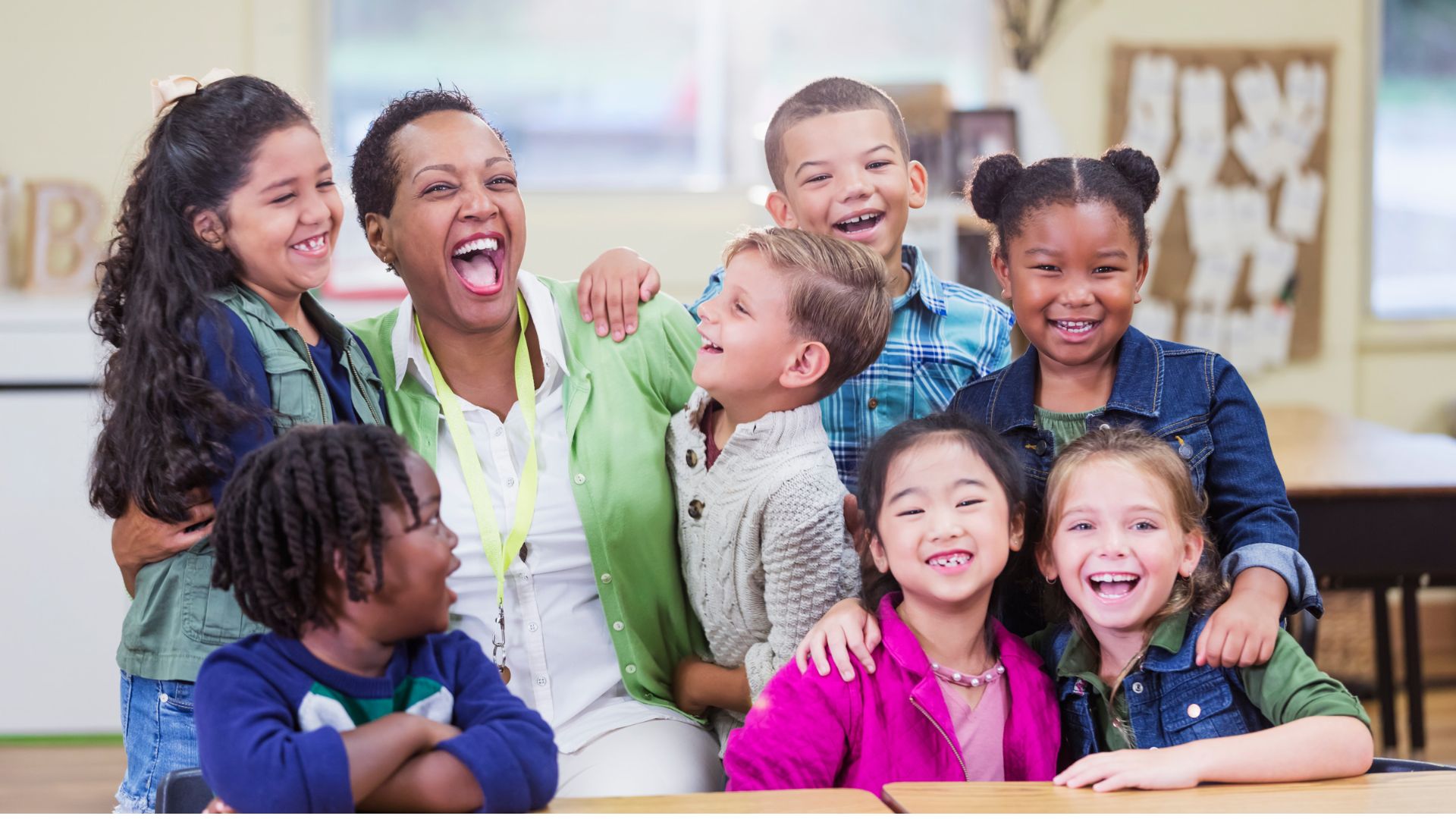We may earn a commission if you click on a product link and make a purchase at no additional cost to you. For more information, please see our disclosure policy.
Whether you’re in the classroom or just looking to incorporate maker learning into your lesson plan, there are a few key things to remember.
Embedded within the curriculum, makers’ work and projects cement students’ natural curiosity and experimentation into long-term practice. This also helps to embed design-thinking and maker-learning
Understand the Basics
What is maker education? The first step is understanding the fundamentals. It’s important to remember that some kids are proficient in or knowledgeable about STEM topics.
The goal of maker education is to encourage a collaborative approach to learning that involves working in groups and using problem-solving techniques. It can be a great way to help your students develop their social-emotional health.
It can also help your students develop their creativity and problem-solving abilities. Many times, students can only memorize information and only know how to apply it to a problem once they see it in action.
It is where a maker space can be invaluable. It allows students to be creative and solve problems in a way they can understand.
Transform your classroom with Maker Learning! Our guide provides practical tips for educators to implement hands-on learning experiences that ignite creativity and innovation in students. #MakerLearning #Education #STEMClick To TweetCreate a Makerspace
When we think of maker learning, we often consider the necessary tools and materials. These items range from expensive (like 3D printers) to free (like cardboard boxes or popsicle sticks).
The key is finding a balance between students’ needs and available resources. Many schools can only afford to spend a little on maker space supplies, so we recommend reaching out to local businesses or organizations to see if they could donate any materials that would make your student’s projects easier.
Once you’ve got your materials list, it’s time to make your space work for your students. It’s essential to have a place where students can easily access their creation materials and have enough storage so that everything doesn’t end up in their laps or on the floor.
It’s also essential to keep the space clean – this can be difficult for many students, so ensure they know they must take care of their work area after each session. You can do this with signage or verbal reminders.
Create Lessons
Maker Learning is an approach that encourages students to follow their creative thinking processes instead of following a predetermined set of steps. This process builds problem-solving and critical thinking
Educators can use the maker education model to integrate lessons from nearly any subject area. To do so, educators need to identify parts of their curriculum that can be completed hands-on.
Teachers also need to create open-ended, learner-driven experiences that allow time and space for developing various
Making overlaps with the natural inclination of children to learn by doing. It values human passion, capability, and the ability to make things happen anywhere, anytime.
Make It Fun
The Maker Movement is a form of playful learning characterized by a love for tinkering and making things. It’s a great way to build confidence in students’ abilities to learn by doing and encourages creativity and individuality.
As a teacher, you can encourage this by having your students try their ideas for projects and assignments as long as they run them by you first. Some of these ideas are even better than what you originally had planned!
Another great way to make maker learning fun is by encouraging students to work together. Whether in class or with a sibling, collaborating is a great way to help your students develop essential communication skills they will use throughout their lives.
In addition, make sure to incorporate a lot of time for group sharing and to showcase. It is an excellent way for students to see how their learning has impacted others and where they can improve their work.
Featuring a group of expert contributors, this book details the complexities of not only preparing teachers for the classroom but also helping them to succeed in the profession itself. Addressing topics of vital importance to new and veteran teachers, this authoritative volume
Related posts:
Joey Trebif is the pen name of Mark Fiebert, a former finance executive who hired and managed dozens of professionals during his 30-plus-year career. He now shares expert job search, resume, and career advice on CareerAlley.com.





